 THE eye is the first circle; the horizon which it forms is the second; and throughout nature this primary figure is repeated without end. It is the highest emblem in the cipher of the world. St. Augustine described the nature of God as a circle whose... THE eye is the first circle; the horizon which it forms is the second; and throughout nature this primary figure is repeated without end. It is the highest emblem in the cipher of the world. St. Augustine described the nature of God as a circle whose...  The Great Dionysiak Myth - Page 110by Robert Brown - 1877 - 18 pagesFull view The Great Dionysiak Myth - Page 110by Robert Brown - 1877 - 18 pagesFull view - About this book
 | Ralph Waldo Emerson - 1841 - 396 pages
...figure is repeated without end. It is the highest emblem in the cipher of the world. St. Augustine described the nature of God as a circle whose centre...lifetime reading the copious sense of this first of forms. One moral we have already deduced in considering the circular or compensatory character of every... | |
 | C. P. Bronson - 1845 - 330 pages
...human beings. Varieties. l.Oan Omnipotence do things incompatible and contradictory ? 2. St. Augustine described the nature of God, as a circle, whose centre was everywhere, and his circumference raowhere. 3. The walls of rude minds are scrawled all over with facts and with thoughts... | |
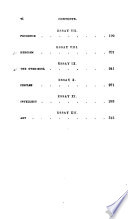 | Ralph Waldo Emerson - 1848 - 354 pages
...figure is repeated without end. It is the highest emblem in the cipher of the world. St. Augustine described the nature of God as a circle whose centre...lifetime reading the copious sense of this first of forms. One moral we have already deduced, in considering the circular or compensatory character of... | |
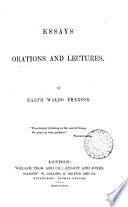 | Ralph Waldo Emerson - 1848 - 400 pages
...figure is repeated without end. It is the highest emblem in the cipher of the world. St. Augustine described the nature of God as a circle whose centre...lifetime reading the copious sense of this first of forms. One moral we have already deduced in considering the circular or compensatory character of every... | |
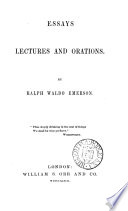 | Ralph Waldo Emerson - 1848 - 384 pages
...primary figure is repeated without end. It is the highest emblem in the cipher of the world. St. Augustin described the nature of God as a circle whose centre...lifetime reading the copious sense of this first of forms. One moral we have already deduced in considering the circular or compensatory character of every... | |
 | Ralph Waldo Emerson - 1849 - 270 pages
...cipher of the world. St. Augustine described the nature of God as a circle whose centre was every where, and its circumference nowhere. We are all our lifetime reading the copious sense of this first of forms. One moral we have already deduced in considering the circular or compensatory character of every... | |
 | Ralph Waldo [essays] Emerson - 1849 - 270 pages
...cipher of the world. St. Augustine described the nature of God as a circle whose centre was every where, and its circumference nowhere. We are all our lifetime reading the copious sense of this first of forms. One moral we have already deduced in considering the circular or compensatory character of every... | |
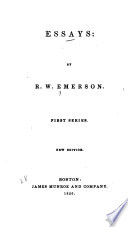 | Ralph Waldo Emerson - 1850 - 354 pages
...figure is repeated without end. It is the highest emblem in the cipher of the world. St. Augustine described the nature of God as a circle whose centre...lifetime reading the copious sense of this first of forms. One moral we have already deduced, in considering the circular or compensatory character of... | |
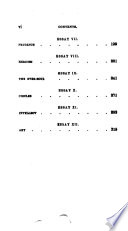 | Ralph Waldo Emerson - 1850 - 352 pages
...figure is repeated without end. It is the highest emblem in the cipher of the world. St. Augustine described the nature of God as a circle whose centre...lifetime reading the copious sense of this first of forms. One moral we have already deduced, in considering the circular or compensatory character of... | |
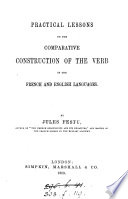 | Jules Festu - 1863 - 294 pages
...unfortunate. Was it the Phoenicians who invented navigation ? I proved to you that God was good. St. Augustine described the nature of God as a circle whose centre was everywhere, but whose circumference was nowhere. Galileo proved that the earth revolved round the sun. I demonstrated... | |
| |